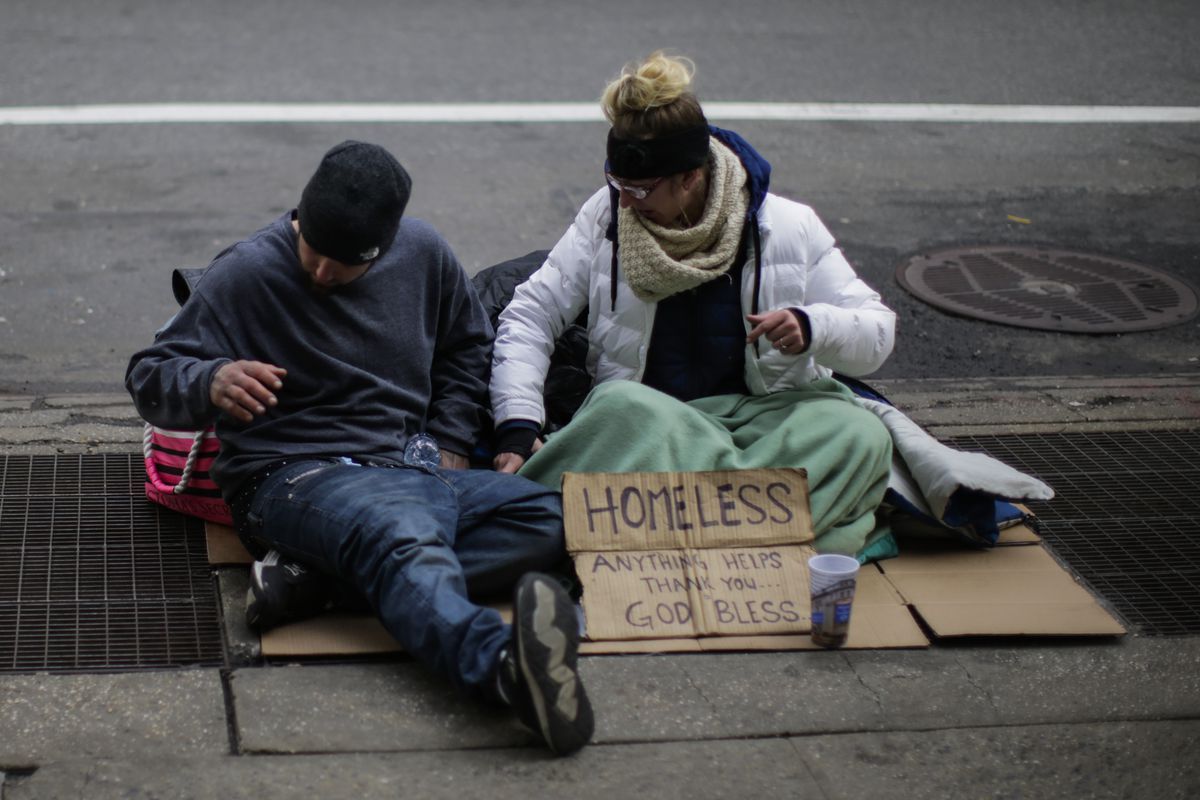Amidst the pervasive sense of gloom regarding the ongoing homelessness crisis in LA, county officials have managed to identify one positive figure from their latest homelessness count: the number of people who were able to get off the streets and enter housing reached an all time high this past year. Indeed, at last glance, 21,631 individuals were given homes in 2018, marking a 23% increase over 2017, and a near 50% uptick from 2016. Nevertheless, the overall amount of people living in shelters, cars, as well as on the streets, actually increased by over 10% in that same time frame. This begs the question: with a staggering 59,000 homeless residents in LA county, how can their self-reported numbers actually show any marked improvement?
A recent exposé by the LA Times uncovered that, in reality, only one-fourth of the people purportedly housed in the past year were given “permanent housing,” defined by the state as apartments meant for long-term homeless individuals and including services for those with mental or physical illnesses. However, 7,258 of those counted were really only given short-term subsidies, while an additional 9,215 fell under a rather broad spectrum listed as “other permanent housing.” As it turns out, the state considered these individuals as housed only because they received temporary financial aid. But even these meager offerings, – like one payment of a utility bill – were not included in all of these cases. Per Peter Lynn, director of the LA Homeless Services Authority: “Generally speaking, they got some kind of help, (but) it might have just been housing search and location as well as financial assistance.” According to the survey, an additional 1,300 homeless individuals were placed in even less permanent locations, such as nursing homes, board and care homes, and single-room-occupancy structures. Also, once said people had been marked down as being housed, the county stopped reaching out to them for further updates. Thereby, unless the subjects themselves contacted the agency and told them otherwise, they would continue to be counted among those who have a home. This is a slightly flawed metric, because, according to the homeless authority’s own estimates, nearly 27,000 people lost this housing over the course of the year. Though some of these individuals may have theoretically garnered a new living space outside of the system, it’s likely that many more of them returned to life on the streets.
Further complicating matters is the “rapid rehousing” program, which allots partial renting aid to those who have fallen into homelessness due to extraordinary circumstances and are later deemed to be sufficiently prepared to live on their own. These individuals are given subsidies which start off paying their entire rent before gradually lessening and then expiring within eighteen months. Over 7,000 homeless people were housed through this method, and nearly half of them continue to receive subsidies. But, as of now, somewhere around 20% of enrollees have tended to drop out of the program before its completion, and it’s difficult to say with any certainty how many of those people have continued on to permanent housing. Out of the 50% who are able to make it through the process, 7% are likely to to lose their living situation again after processing.
In sharp contrast, permanent housing allows for case management and mental health services for the full tenure of a resident’s stay. Typically, this measure is reserved for the most troubled and negatively afflicted homeless people – those who have the least likely chance of making it off the streets on their own. The most recent count tells of 4,900 permanent supportive placements being issued in the past year, a number which pales in comparison to the massive overall homelessness count in Los Angeles county, a figure which leapt up by almost 2,500 in 2018 alone. With a numerical disparity like the one outlined above, it should come as no surprise that the supply of county-provided units in supportive housing complexes remains very limited. The slow speed of construction, as well as the red tape surrounding tax credits and incentives allow for less than three-hundred new units of housing to be created annually. Figures like the ones produced by the homelessness count may seem encouraging, but do not address the paucity of supply for affordable housing in the face of seemingly limitless demand on the part of Los Angeles’ homeless community.
Written by: Dash Finley





